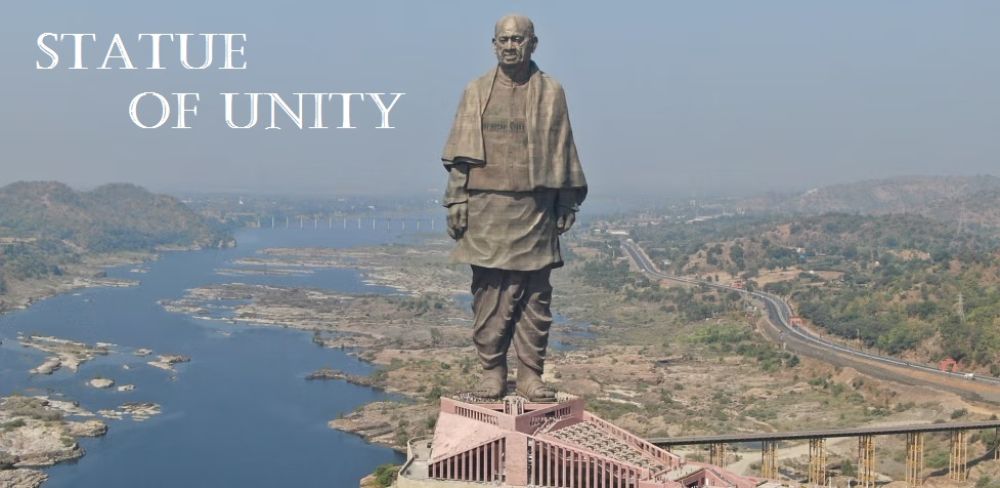

The Statue of Unity, situated in the state of Gujarat, India, has rapidly emerged as a symbol of national pride and a significant tourist destination since its inauguration. Dedicated to Sardar Vallabhbhai Patel, an Indian statesman and a founding father of the Republic of India, this iconic statue stands as a tribute to his contributions and the spirit of unity he embodied.
The idea of the Statue of Unity was proposed by the current Prime Minister of India, Narendra Modi, in 2010 during his tenure as the Chief Minister of Gujarat. It was designed by Indian sculptor Ram V. Sutar and was unveiled on October 31, 2018, to commemorate the 143rd anniversary of Patel’s birth.
The unveiling of the Statue of Unity marked a significant milestone in India’s tourism sector. As the world's tallest statue with a height of 182 meters, it surpassed the Spring Temple Buddha in China, thereby drawing a surge of tourists, both domestic and international. Located on the river island of Sadhu Bet, near the Sardar Sarovar Dam, the statue and its surroundings offer a combination of historical, cultural, and natural attractions.
The Statue of Unity has provided a boost to the local economy by creating jobs and fostering entrepreneurship in sectors such as hospitality, transportation, and local crafts. The infrastructure development associated with the project, including roads and bridges, has also contributed to the region's economic progress.
Recently, the focus has been on providing tourists with a holistic experience. This includes the establishment of tent cities for overnight stays, river cruising on the Narmada river, eco-tourism, and the introduction of adventure sports. With these initiatives, the Statue of Unity is positioning itself as more than just a monument—an integrated tourist destination with diverse offerings.
Although the Statue of Unity has proved beneficial for tourism, concerns regarding environmental impacts and sustainability have been raised. The authorities are working towards responsible tourism practices, ensuring that the site remains an asset for future generations, while maintaining ecological balance in the region.
The Statue of Unity stands as a testament to Indian engineering prowess and cultural pride. Its role in India's tourism narrative is significant, as it continues to foster unity, patriotism, and sustainability in Indian tourism. By successfully bringing together history, culture, and modern attractions, it has established a new paradigm for monuments as drivers of socio-economic transformation through tourism.